What is a Subwoofer?
For those of us who love to listen to recorded music and movie soundtracks, high-performance speakers are the window into an immersive audio experience. People with normal hearing can perceive up to 10 octaves of frequencies from roughly 20Hz to 20 kHz. But most so-called "full-range" speakers can't actually reproduce that entire range. They do fine with midrange and high frequencies, which require less power and air movement to reproduce, but they often fall short in the lower frequencies, more commonly known as "the bass."
Why Speakers Struggle with Low Frequencies
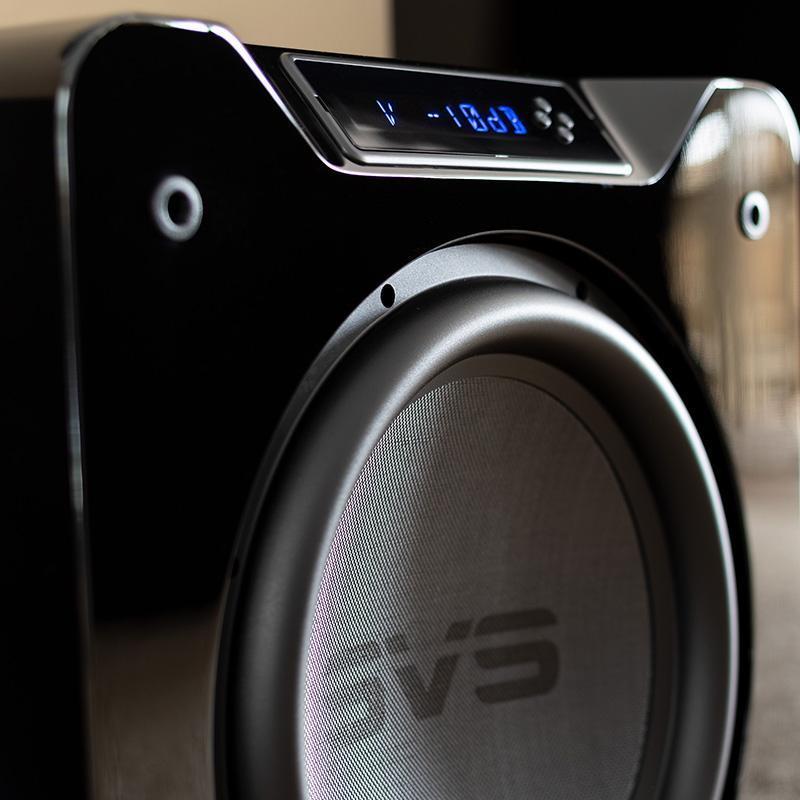
The lower the frequency, the larger a speaker driver must be, and the more amplifier power it requires to play at reasonable levels. Many larger floorstanding speakers can reach down to 30Hz or so, while smaller bookshelf speakers can't go much below 50Hz or even higher. And at the bottom of their range, the output from these speakers begins to drop, robbing you of what an artist or director intended you to hear (or feel). Don’t worry, we’re getting to the subwoofer.
Even if your speakers can reproduce sound down to 30Hz, there is often a lot of sonic information below that, especially in movie soundtracks and many genres of music. For example, EDM synth bass can easily reach down to 20Hz, and Saint-Saens' Symphony No. 3 includes organ tones down to 16Hz. Then there are explosions and heart-pounding, mood-altering effects in many movies that can easily plumb the depths down to 20Hz and below.
In addition, those super-low frequencies need to be louder than the rest of the sonic spectrum to sound balanced because of how the human hearing system works—we are less sensitive to low frequencies than midrange and high frequencies. Yet full-range speakers start to peter out at the extreme low end of their range.
Perhaps most importantly, effortless, accurate bass really adds to the impact of music and movies. Who doesn't love chest-thumping bass lines and explosions that shake your seat? Most speakers simply can't deliver the ultimate satisfaction that only comes from massive low-frequency output. So, how do you get that jaw-droppingly deep and powerful audio experience? You get a subwoofer.
The Subwoofer Solution
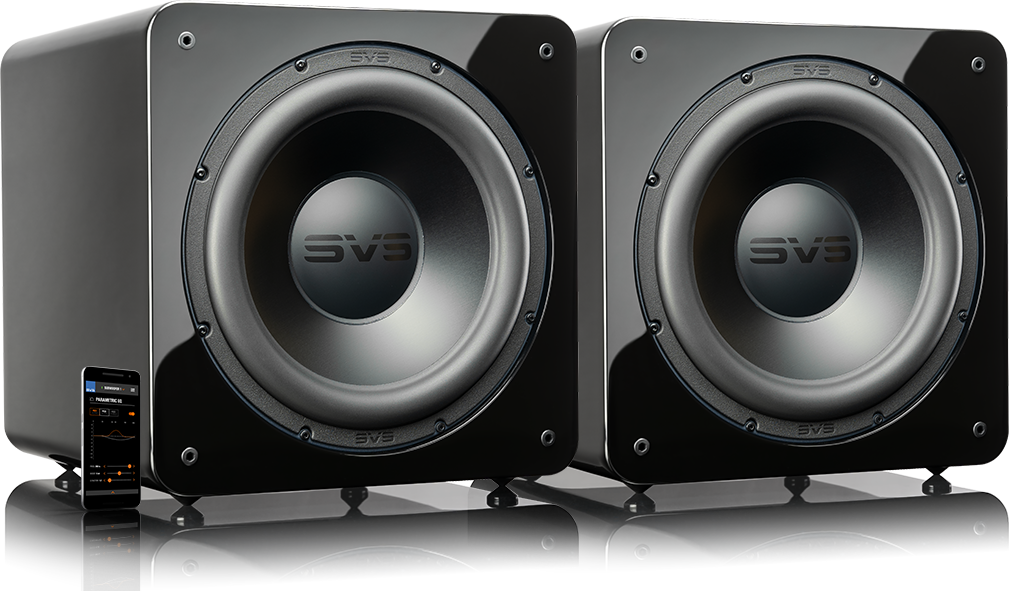
What is a subwoofer? It’s a speaker specifically designed to reproduce only low frequencies (aka bass). Also, most consumer subwoofers are powered, which means they have their own internal power amplifier. This allows the main amp to concentrate on the main speakers, which require less power than a subwoofer.
Adding one (or two) of these specialist speakers is perhaps the most transformative upgrade you can make to your home audio system. When you add one or more subwoofers, they fill in the gap from the bottom of the main speakers' frequency range all the way down to 20Hz and even lower, below the threshold of human hearing. When you feel bass like that, it makes movies and music more thrilling and immersive.
Frequencies that low are felt more than heard, and they convey a palpable audio experience that can’t be replicated by any other speaker channel. Also known as “infrasonic bass,” low frequencies below 20Hz can be breathtaking at times and unnerving at others. When shopping for a subwoofer, you should make sure it can hit close to or below 20Hz (like every SVS model) to get the most out of your audio experiences.
A subwoofer and speakers should form a seamless and cohesive audio experience from the highest treble down to the deepest bass. The upper part of a subwoofer's range (50-130Hz) typically overlaps the main speakers' low end, adding to the output at the bottom of their range and allowing the speakers to focus more where they are comfortable: the mid and high frequencies.
Many cheaper subwoofers don’t have the amplifier power or driver control to maintain the same transient response as a loudspeaker, or they over-emphasize certain frequencies to compensate for a lack of output in the lowest octaves. Both issues cause inaccurate or even distracting bass that can detract from the overall sound quality. Properly designed subwoofers produce the correct amount of bass output at the right frequencies at just the right moment to achieve a harmonious listening experience. The result is seamless reproduction of the entire audible spectrum. It is common for users and reviewers to remark that their speakers never sounded better after adding a subwoofer.
To reproduce the bottom two octaves, a subwoofer driver cone is typically between 10 and 18 inches in diameter—way bigger than the woofer(s) in most main speakers because they are required to move much more air. The driver cone is attached to a powerful motor assembly driven by strong magnets that move the cone with precise control. It’s critical to note that not all drivers are created equal. The most popular size is 12 inches, and the performance difference between the worst and best 12-inch subwoofers is colossal. For that reason, you should focus less on a driver’s size and more on what it can do.
Can the subwoofer driver move enough air to create massive output at the lowest frequencies? Can it stop and start on a dime in unison with your main speakers and reproduce musical notes or sound effects that suspend your sense of disbelief? Is it accurate, fast, and faithful to the source content? If it checks all these boxes, you are listening to a world-class subwoofer. Finally, does it blend seamlessly with your main speakers? A subwoofer energizes your entire room by moving air, which creates the sensation of bass coming from all your speakers, not just from where the subwoofer is located. If you’re interested in learning about how subwoofer drivers affect performance, we have an article about that here.
Of course, a driver’s potential is only realized when its magnets are electrified, which is the job of the amplifier. Low frequencies require more power to reach the levels needed to create a convincing and immersive experience. The lowest two octaves need a lot of power, more than most AV receivers and full-range power amps can deliver while driving the main speakers at the same time.
As with drivers, the design and output capabilities of an amplifier are of utmost importance to a subwoofer’s performance. The amplifier must be able to deliver massive amounts of current to unleash the full potential of the driver while maintaining accurate frequency response and transient speed. The amp built into a powered subwoofer is dedicated to low frequencies only, and it typically provides several hundred or thousand watts of power to the subwoofer's motor assembly and driver.
Subwoofer DSP: The Brains Behind the Braun
In addition to an internal power amp, the finest subwoofers (including all SVS models) include a DSP (digital signal processor), which offers several advantages. The best DSPs rely on sophisticated technologies to handle all the complex functions and the designers’ acoustic expertise to program them to do everything needed for breathtaking and accurate bass reproduction.
For example, a DSP allows designers to accurately tailor the subwoofer's frequency response and ensure that the driver always remains under control, even at extreme playback levels. DSP also allows the subwoofer to take maximum advantage of room gain in sealed-cabinet subwoofers and provides users with precise control of many parameters like phase, polarity, and parametric EQ from a smartphone app or rear-panel controls. If you have well-designed DSP, you can have it all. For more on the topic, check out our subwoofer DSP blog.
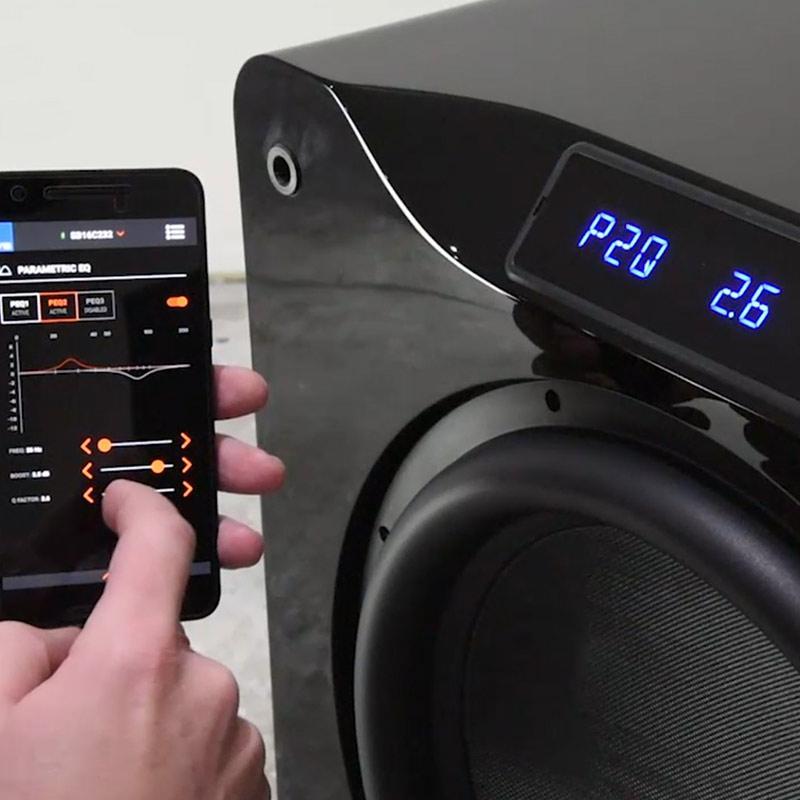
Choosing the Best Subwoofer for Your Home Theater or HiFi System
A subwoofer is an ecosystem of all the parts discussed above, expertly integrated together. More important than the driver size, amplifier power, and DSP is a subwoofer’s ability to deliver a stunningly immersive audio experience with all kinds of content. The sum of these parts and how they interact to render musical instruments, sound effects, basslines, and other low-frequency material defines a subwoofer’s acumen.
As you consider different options, it is important to understand the performance attributes that make one subwoofer better than another. To help in your deliberation, here is a quick summary of what you should listen for as you shop. If a subwoofer can do all these things well, it’s within your budget, and it fits your lifestyle considerations, chances are it’s the right subwoofer for you. For a more in-depth overview on the topic, check out our blog post, 5 Things to Listen for When Choosing a Subwoofer.
- Capable of extreme low-frequency extension
- Produce low frequencies at the highest sound pressure levels (SPLs) without distortion
- Pinpoint accuracy in frequency response
- Crisp speed in transients (or the ability to stop and start on a dime)
- Blend seamlessly with full-range speakers
One or more subwoofers truly enhances the listening experience with just about any sound system. SVS offers a variety of models from the compact powerhouse SB-1000 sealed subwoofer with its stunning musicality and deceptively robust output to the colossal, earth-shaking PB16-Ultra ported subwoofer, which serves as the sonic anchor for many reference home theaters.
How to Connect a Subwoofer
Because most subwoofers have their own power amp, they typically receive a line-level audio signal via RCA interconnect cable. AVRs, preamp/processors, and even some soundbars and small powered speakers provide one or more subwoofer outputs that send a line-level signal to a subwoofer. If your electronics have no line-level subwoofer output, you can send amplified, full-range speaker-level signals to a subwoofer if it includes speaker-level inputs, which many do. The subwoofer reduces the signal to line level and applies its own lowpass filter, which allows only the low frequencies to reach the internal amplifier.
One Subwoofer to Rule them All
Every SVS subwoofer adheres to the five performance attributes listed above and features world-class construction materials and technology throughout the driver, amplifier, and cabinet. After adding an SVS subwoofer, many users comment that it’s the most impactful system upgrade they’ve ever made. You hear and feel sounds you’ve never experienced before from content you’ve listened to hundreds of times. Massive, subterranean bass that is also delicate and nuanced when called for is truly an incomparable sensation, and SVS subwoofers deliver it in spades.
If you have questions about subwoofers or optimizing performance of your audio system, please leave a comment below and someone from our team will answer ASAP.
You can also reach out to the SVS Sound Experts at custservice@svsound.com, 877.525.5623 or via chat to discuss choosing the best subwoofer based on your home, system, listening preferences, lifestyle considerations, and budget.
Audio System Setup Articles
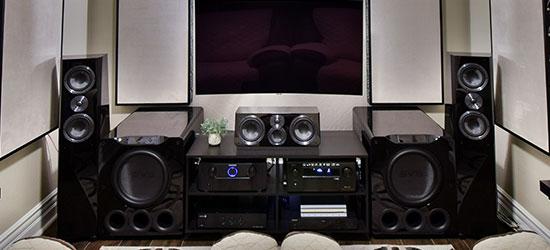
5 Ways to Improve the Sound of Your TV

Which Sounds Better, Vinyl or Digital Music?
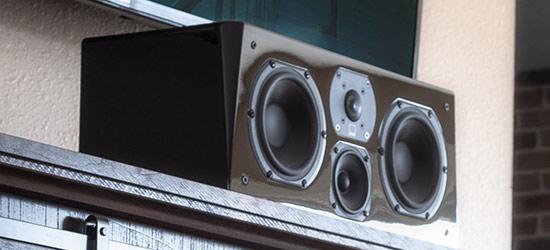
Why a Center Channel is the Most Important Speaker in Your Home Theater
Share Your Thoughts




